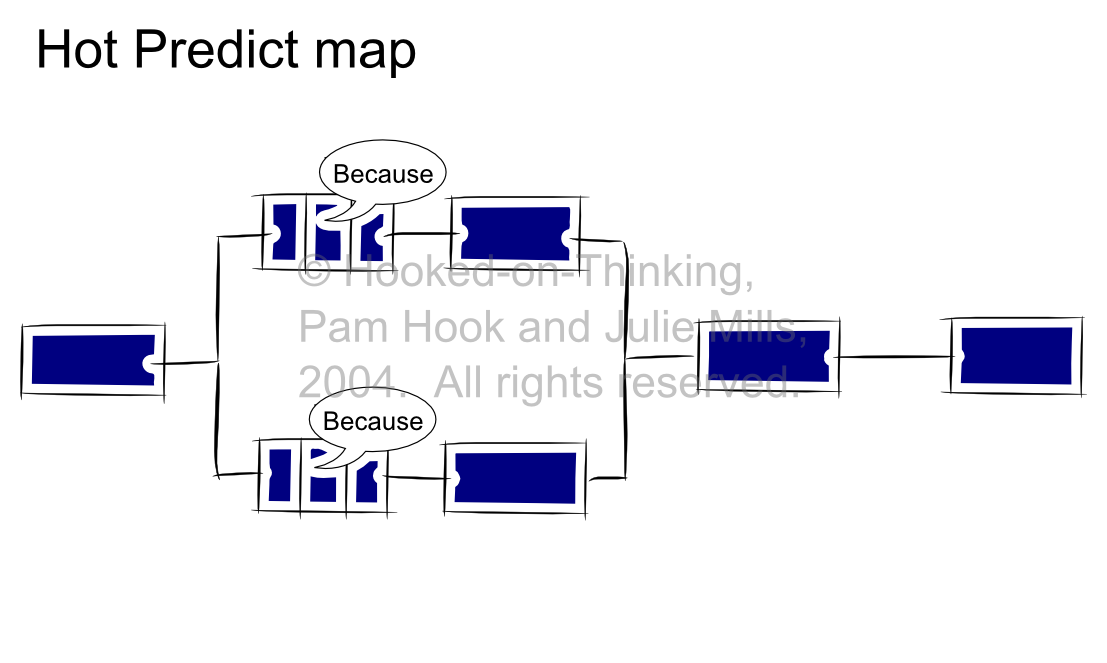HOT SOLO Predict Map
HOT SOLO Predict Map
What is it?
The HOT SOLO prediction map and self assessment rubric evaluates possible outcomes before selecting one as a likely prediction.
How do I use it?
1. Align the HOT SOLO Predict Map and self assessment rubric with the identified learning intention. For example, we are learning to make a prediction about [content] [context].
2. Identify several possible outcomes.
3. Select the most likely outcome.
4. Imagine possible evidence to support the outcome including possible information sources.
5. Imagine possible evidence to reject the outcome including possible information sources.
6. Find actual evidence and explain why it supports or rejects the possible evidence.
7. Use the evidence to judge the likeliness of the possible outcome and decide if you will use it as your prediction.
8. Formulate a prediction or repeat the process with another possible outcome.
9. Share the success criteria for making a prediction in the HOT SOLO predict rubric.
10. With reference to the success criteria, create a prediction statement using the completed HOT SOLO prediction map. The prediction can be written, oral or an annotated drawing. This process is iterative and can be repeated whenever new learning occurs enabling the predict statement to be improved.
11. Students self assess/peer assess and seek teacher feedback on their prediction.
12. Students assess their learning outcome for the identified learning intention against the SOLO levels, explain why they have chosen this level of learning outcome for their work (feedback) and suggest where to next steps (feed up).
13. Record this in a student learning log.
HOT SOLO Predict Self-Assessment Rubric
Student Use Examples
